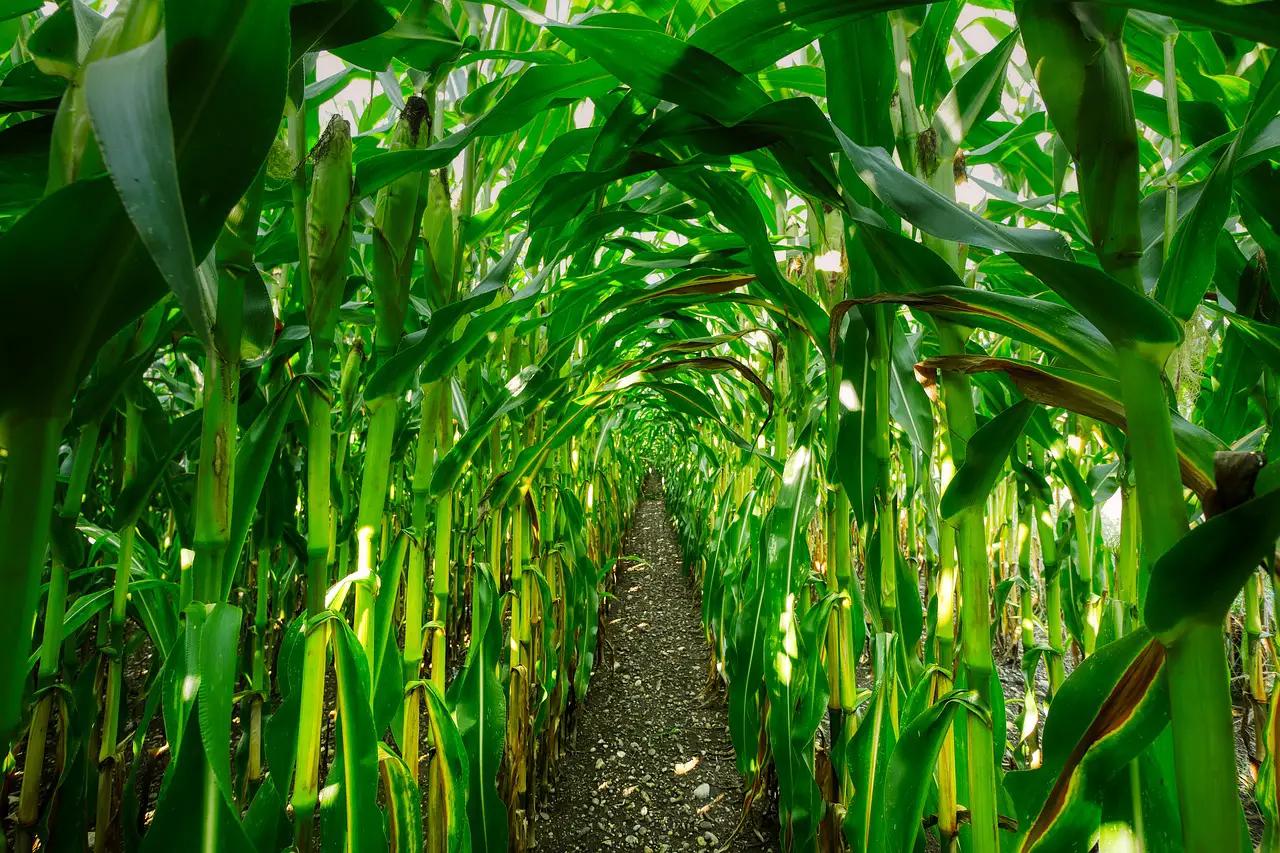What are the different varieties of sweet corn and how do they differ in taste and yield?
There are different varieties of sweet corn, each with its own unique taste and yield. One popular variety is the yellow sweet corn, which is known for its classic sweet flavor. It has a high yield and is commonly used for fresh eating or canning. Another variety is the white sweet corn, which has a slightly milder and creamier taste compared to yellow corn. It is also highly productive and favored by many gardeners. Bi-colored sweet corn, such as the popular variety ‘Peaches and Cream,’ offers a unique combination of both yellow and white kernels. It has a sweet and slightly tangy flavor that is favored by those who enjoy a mix of flavors. This variety also has a good yield and is widely enjoyed for its taste and appearance.
What are the common pests and diseases that affect corn plants and how can they be prevented?
Corn plants are susceptible to various pests and diseases that can affect their growth and yield. One common pest that affects corn plants is the corn earworm. This pest bores into the ears of corn, causing damage and reducing the quality of the corn. To prevent corn earworm infestations, it is important to monitor the corn plants closely and apply appropriate insecticides when necessary. Another common pest is the corn borer, which tunnels into the stalks of corn and weakens the plant. Crop rotation and the use of resistant hybrids can help prevent corn borer infestations. As for diseases, corn plants can be affected by fungal diseases such as gray leaf spot and southern corn leaf blight. These diseases can be prevented by practicing good garden hygiene, such as removing infected plant debris and planting disease-resistant corn varieties. Regular scouting and early detection of pests and diseases are key to preventing and managing infestations.
What are some alternative methods of storing sweet corn besides refrigeration and freezing?
Besides refrigeration and freezing, there are a few alternative methods of storing sweet corn. One method is canning. Canning involves preserving the corn in jars through a process of heat sterilization, which kills bacteria and ensures long-term storage. The corn can be processed as whole kernels, cream style, or as part of a mixed vegetable blend. Another method is drying. Dried corn can be stored for a longer period and used in various recipes. To dry sweet corn, the kernels are typically removed from the cob and then dehydrated until they are completely dry. The dried corn can be stored in airtight containers in a cool, dry place. Lastly, another alternative method is pickling. Pickled corn is made by brining the corn in a vinegar-based solution with herbs and spices. The pickled corn can be stored in jars in the refrigerator for several months. These alternative methods provide different options for storing sweet corn and can be a great way to enjoy the flavors of summer throughout the year.
Full summary
Sweet corn is a popular vegetable for gardeners, offering an unbeatable sweet taste of fresh-picked ears. In this comprehensive guide, we will explore the importance and benefits of growing sweet corn in your garden, as well as provide tips and recommendations for a successful harvest.
Sweet corn is a tender, warm-season annual crop that produces ears of yellow, white, or bi-colored kernels. It is native to the Americas and has been cultivated for thousands of years. Growing sweet corn in your garden not only provides you with a delicious vegetable for fresh eating or freezing, but it also adds beauty and diversity to your garden.
Space requirements for growing corn
Corn takes up a large share of garden space, so it is important to plan accordingly. Plant a minimum of 10 to 15 corn plants per person for fresh eating. If you have limited space, consider planting an early-maturing type of corn every 2 weeks to extend the harvest.
Sunshine and watering needs for corn
Corn grows best in full sunshine and requires about 1 inch of water per week, especially when it starts to tassel. Water at the soil surface using soaker hoses or drip irrigation to avoid washing off pollen, which is necessary for pollination.
The importance of mulching and fertilizing corn
To prevent weed growth around corn plants, apply mulch. Corn is a heavy feeder and thrives in soil enriched by nitrogen. Side-dress corn plants with blood meal or diluted fish-based fertilizer when they are 6 inches tall, and repeat feeding when they are knee-high.
Step-by-step guide on planting corn
Wait until all danger of frost is past and the soil warms up before planting corn. Sow corn seeds 1-2 inches deep and 9-12 inches apart. If the weather stays cool, spread black plastic on the planting area to warm the soil. Plant three corn seeds together every 7 to 15 inches and thin to one plant every 15 inches.
Factors affecting the growth of corn
Corn is susceptible to various pests and diseases. Cutworms and flea beetles may attack corn seedlings. Use biodegradable pots if starting corn indoors to avoid transplanting, as corn does not transplant well. Birds and raccoons can also reduce corn yields. Clean garden practices, crop rotation, and resistant hybrids can help defend against diseases.
Harvesting and storing sweet corn
Corn is ready for harvest about 17 to 24 days after the first fine strands of silk appear at the top of the ears. Pick corn after silks have turned brown and become dry. Ears should be plump and full to the touch and green. The best time to harvest corn is in the morning when it is cool and before the ears are warmed by the sun. To ensure the corn is ripe, peel back the top of the husk and puncture a kernel with your fingernail. If the liquid is milky, it's harvest time. Store unhusked corn in the refrigerator for up to a week or freeze it after blanching.
Recommended varieties of sweet corn
There are different varieties of sweet corn to choose from for your garden. Hybrid or F1 varieties have superior flavor and yield. Supersweet types of sweet corn have a superior flavor, while varieties bred for sweetness hold their taste for longer. Check with local growers or Cooperative Extension service to find varieties that perform well in your area.
In conclusion, growing sweet corn in your garden is a rewarding experience that provides you with delicious and nutritious ears of corn. By following the tips and recommendations in this guide, you can ensure a successful harvest and enjoy the unbeatable sweet taste of fresh-picked corn.













